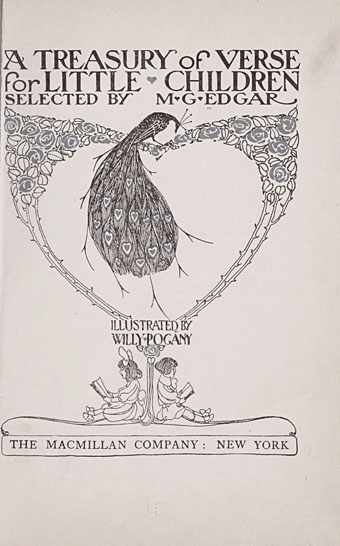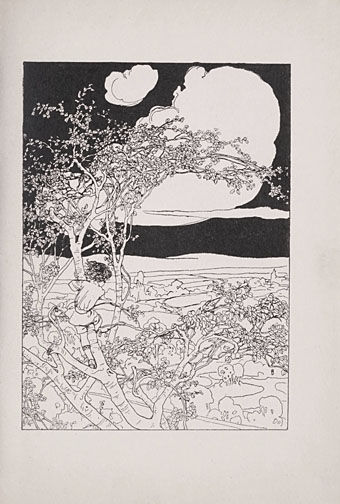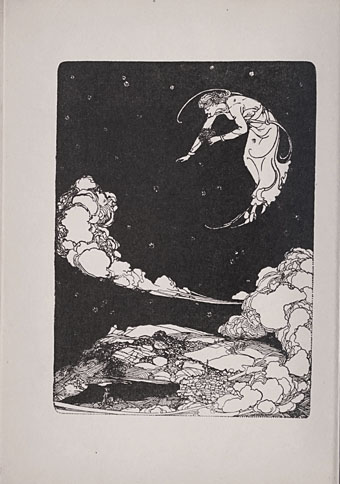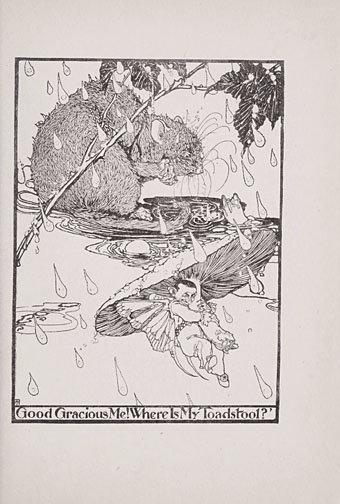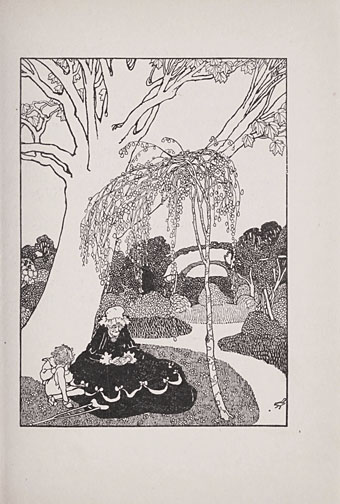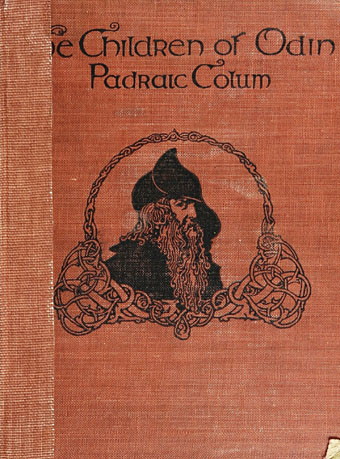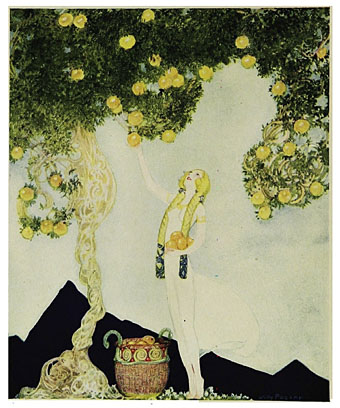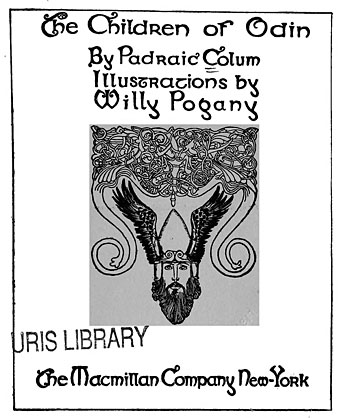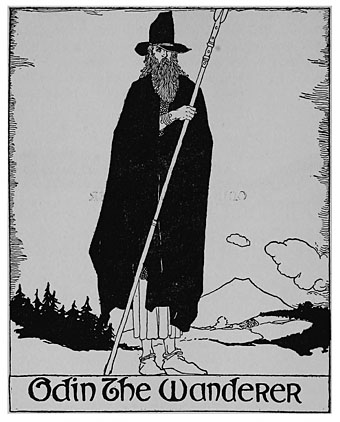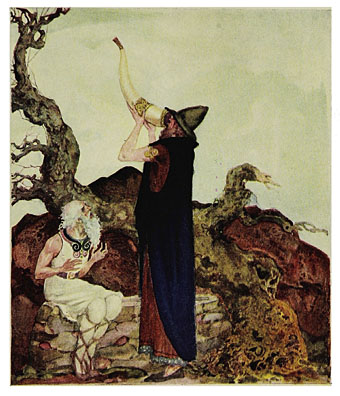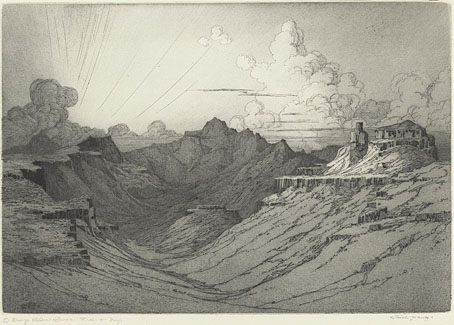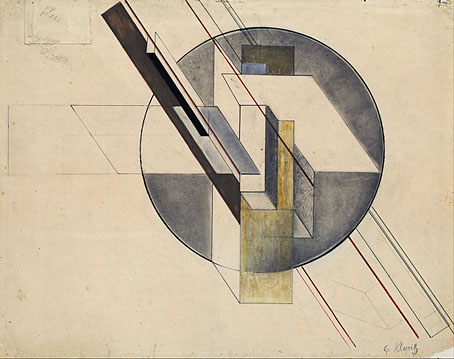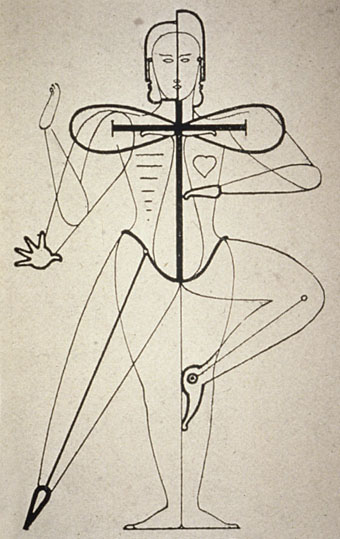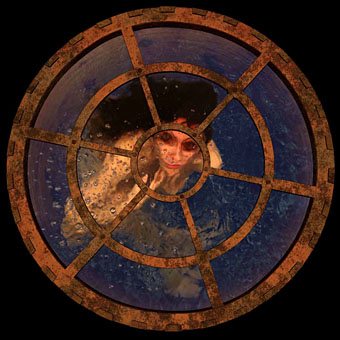
Sin título (monstruas) (2008) by Marina Núñez.
• Salon asks Christopher Bram “Is gay literature over?” Bram’s new book, Eminent Outlaws: The Gay Writers Who Changed America, is reviewed here.
• Robert Montgomery is profiled at the Independent as “The artist vandalising advertising with poetry.”
In addition to aesthetics, McCarthy noted a deeper link between great science and great writing. “Both involve curiosity, taking risks, thinking in an adventurous manner, and being willing to say something 9/10ths of people will say is wrong.” Profound insights in both domains also tend arise from a source beyond the limits of analytic reason. “Major insights in science come from the subconscious, from staring at your shoes. They’re not just analytical.”
Nick Romeo meets Cormac McCarthy at the Santa Fe Institute.
• For FACT mix 316 Julia Holter mixes radio broadcasts, street recordings and music.
• This week in the Tumblr labyrinth: fin de siècle art and graphics from Nocnitsa.
“There’s a widespread cultural barrenness across art and political culture. But there are some pockets of resistance on the extreme margins, like the techno-savvy protest movements, small press, the creator-owned comics, that seem to be getting some signs of hope for the future,” he says. “All of the genuinely interesting work is being done on the margins, with independent companies, self-producing, and alternative distribution networks.”
Alan Moore on Watchmen’s “toxic cloud” and creativity v. big business.
• Stone Tape Shuffle, a 12” LP of readings by Iain Sinclair. Limited to 400 copies.
• Monolake on how we cope with death: mythologies, rituals, drugs and Ghosts.
• Kraftwerk perform at New York’s Museum of Modern Art in April.
• Kathy Acker (in 1988?) interviewing William Burroughs.
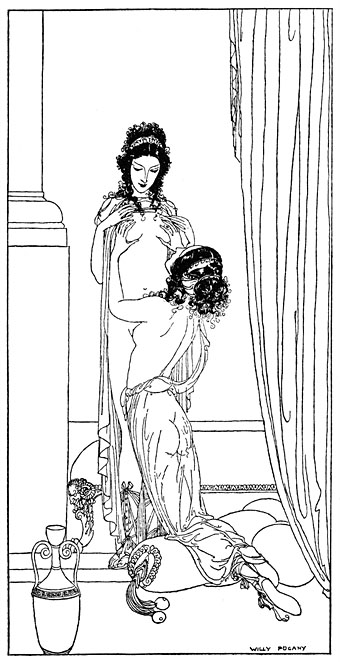
Willy Pogány’s erotica: illustrations for a 1926 edition of The Songs of Bilitis by Pierre Louÿs.
• Nicholas Lezard on David Lynch: director of dreams.
• Did otherworldly music inspire Stonehenge?
• Coilhouse has an Eyepatch Party.
• Tanzmusik (1973) by Kraftwerk | The Model (1992) by the Balanescu Quartet | Trans Europe Express (2003) by the Wiener Sinfonie Orchestra & Arnold Schönberg Choir.
